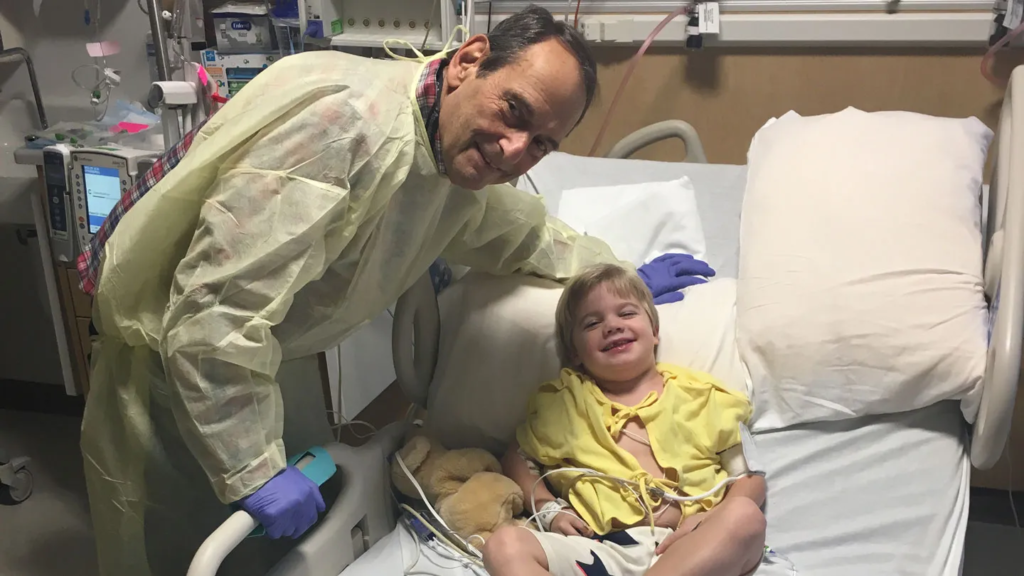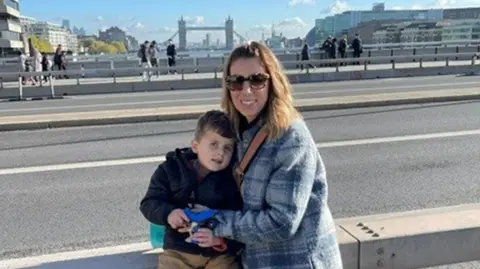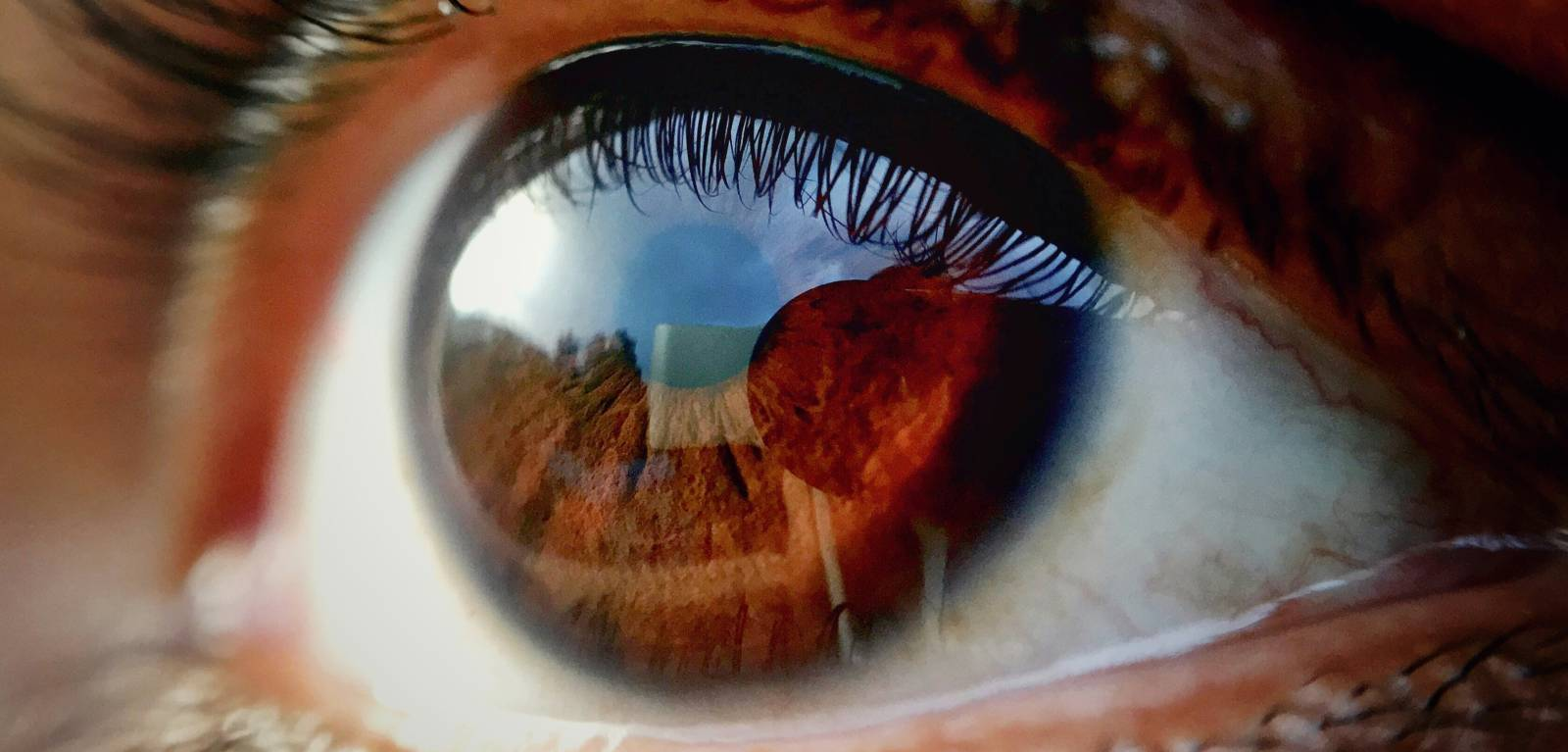Blindness in children due to genetic conditions has long been considered an irreversible fate, leaving affected individuals with limited options for treatment. However, recent advancements in gene therapy have begun to rewrite this narrative.
Doctors at Moorfields Eye Hospital in London have successfully administered experimental gene therapy to four toddlers born with one of the most severe forms of childhood blindness, leading to life-changing improvements in their sight.
The pioneering procedure, developed by scientists at University College London and specialists at Great Ormond Street Hospital, aims to correct the underlying genetic defect responsible for the condition, giving children a chance to experience the world with newfound vision.
A Groundbreaking Approach to Childhood Blindness
The children treated in this trial were diagnosed with an aggressive form of Leber Congenital Amaurosis (LCA), caused by a mutation in the AIPL1 gene. This rare condition leads to rapid deterioration of the cells in the retina, the part of the eye responsible for detecting light and color.
Before the gene therapy, the affected children were legally blind and could only differentiate between light and dark. The standard prognosis for this condition is severe visual impairment or total blindness, with no established treatment available until now.
The experimental therapy involves injecting healthy copies of the AIPL1 gene directly into the retina. This is done through keyhole surgery, where the new genetic material is delivered using a harmless virus that integrates into the retinal cells.
Once inside the cells, the healthy gene begins a process that allows the cells to function properly and survive longer, preventing further deterioration and, in some cases, restoring vision to a significant extent.
Read : Australian Blind Child Actor Rory Sykes Killed in Los Angeles Wildfires
Jace, a two-year-old from Connecticut, USA, was one of the children to receive this pioneering treatment. His parents first noticed signs of vision problems when he was around eight weeks old and failed to make eye contact or respond to visual cues.
Read : Truong My Lan: Vietnamese Billionaire Sentenced to Death for $44bn Fraud
After months of medical consultations, they were devastated to learn that Jace had an ultra-rare genetic condition with no existing cure. However, a stroke of luck led them to a conference where they learned about the trial in London. After undergoing surgery at Moorfields Eye Hospital, Jace’s vision began to improve dramatically.
He started responding to visual stimuli, tracking objects, and even squinting in bright sunlight for the first time. His parents described the transformation as nothing short of miraculous.
Transforming Lives Through Genetic Innovation
The success of this gene therapy trial marks a significant milestone in the field of ophthalmology and genetic medicine. According to the doctors involved in the study, early intervention is crucial for maximizing the potential benefits of the treatment.
Professor James Bainbridge, a leading retinal surgeon at Moorfields Eye Hospital, emphasized that blindness in young children can have devastating effects on their cognitive and social development.
He believes that treating affected individuals in infancy could dramatically improve their ability to interact with the world, facilitating normal development and better quality of life.

Unlike traditional scientific trials, this procedure was offered under a special compassionate-use license, as there were no other treatment options available for these children. The decision to proceed with this approach was based on the urgent need to provide a potential solution for a condition that would otherwise lead to a lifetime of blindness.
Each child received treatment in only one eye, allowing doctors to compare the progress in the treated eye with the untreated one. Over the next four years, the children were monitored through various tests, including navigating corridors, identifying doors, and attempting more formal vision assessments.
The results were remarkable. All four children demonstrated improved vision in the treated eye, surpassing what would have been expected based on the normal progression of the disease.
Parents reported significant improvements in their children’s ability to engage with their surroundings, with some even beginning to draw and write. Meanwhile, their untreated eyes continued to deteriorate, underscoring the effectiveness of the intervention.
Professor Michel Michaelides, a consultant eye surgeon at the UCL Institute of Ophthalmology, described the outcomes as “hugely impressive” and a testament to the power of gene therapy in transforming lives. He expressed optimism about the potential of this technique in treating other genetic eye disorders, provided the intervention occurs at an early stage.
A Hopeful Future for Genetic Eye Disorders
The implications of this study extend beyond the four children who participated in the trial. It offers hope to families around the world dealing with genetic forms of blindness, demonstrating that targeted genetic treatments can lead to tangible improvements in vision.
The medical team at Moorfields Eye Hospital plans to continue monitoring the children to determine the long-term effects of the therapy. They also hope to expand research into other genetic eye conditions to further refine and enhance the technique.
While this treatment is still in its experimental stages, the initial success sets a promising precedent for future developments. Advances in gene therapy have the potential to revolutionize the field of ophthalmology, moving from experimental treatments to mainstream medical solutions that could be available to more patients in the near future.

The success of this trial aligns with previous gene therapy efforts, such as the treatment for another form of genetic blindness that has been available on the NHS since 2020. By building on these achievements, researchers hope to develop even more effective and accessible treatments for a wide range of genetic conditions.
For families like Jace’s, the impact of this breakthrough extends beyond scientific significance—it is a life-changing development that brings newfound hope and possibilities.
His parents now envision a brighter future for their son, one where he can explore the world with greater independence and confidence. “It’s really hard to undersell the impact of having a little bit of vision,” said Jace’s father, reflecting on how the treatment has already changed their lives.
As the medical community continues to explore the potential of gene therapy, the work being done at Moorfields Eye Hospital serves as a beacon of hope for many.
The success of this trial not only highlights the remarkable capabilities of modern medicine but also reinforces the importance of ongoing research and innovation in the fight against genetic blindness.
With further advancements, the dream of restoring vision to those born blind due to genetic conditions may soon become a reality for many more children around the world.
let’s enjoy few years on earth with peace and happiness….✍🏼🙏

